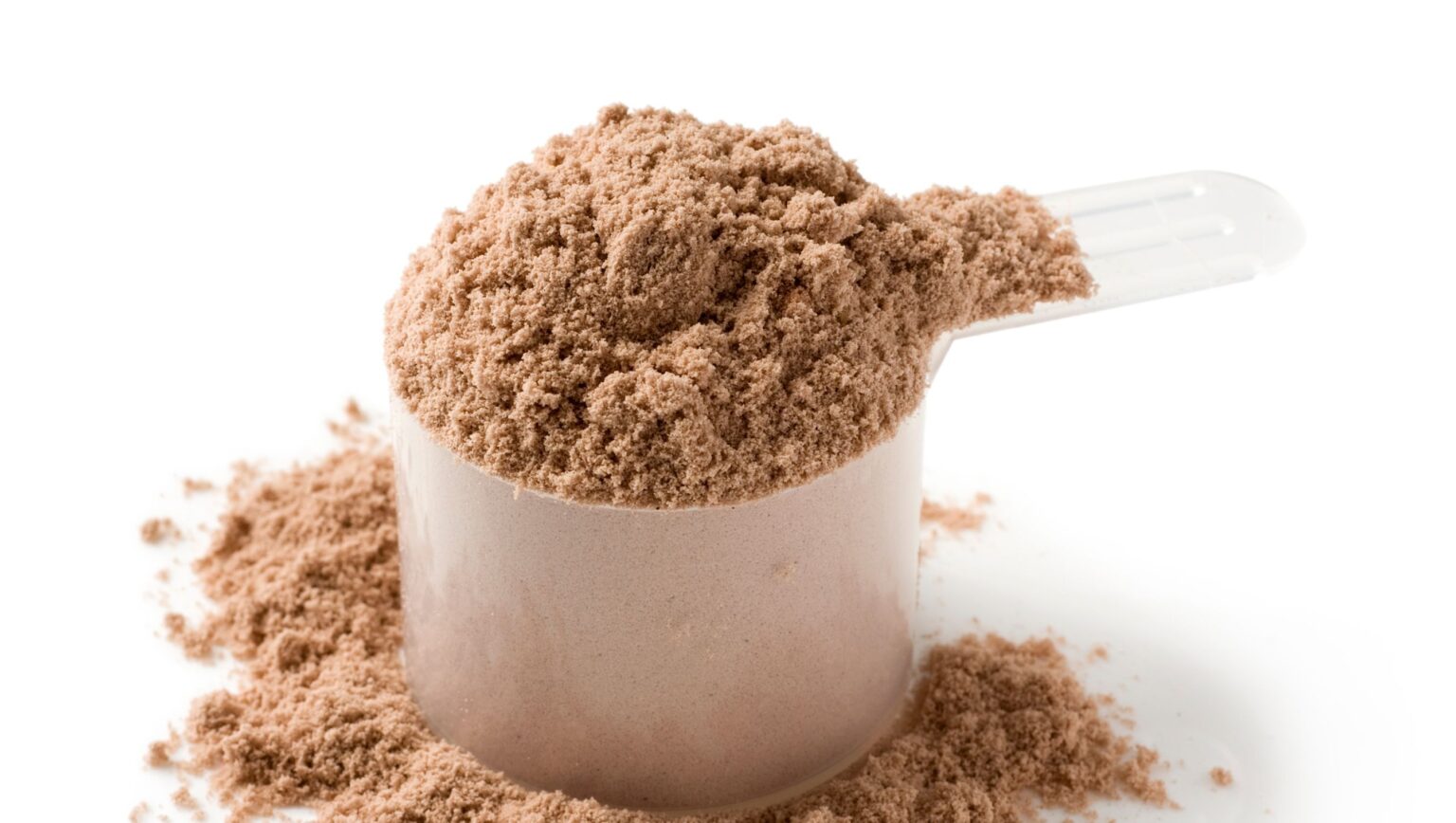Protein is an important part of a balanced diet. It provides the building blocks for new cells and repairing cells in your muscles and tissues, according to MedlinePlus.
While you can get most of your protein through lean animal sources like fish, chicken, and turkey or plant-based sources like tofu, you may choose to supplement with protein powders that contain whey — the protein-rich by-product of the cheesemaking process.
But does protein powder cause kidney stones? While previous research suggested a possible correlation, newer studies have found that dairy sources of protein are not likely associated with kidney stone development.
As long as you’re eating proper serving sizes, you likely don’t have to worry about adding whey protein powder to your diet.
Before adding whey protein to your routine, talk to your doctor to determine your kidney stone risk, plus what amount of protein is right for you.
How Much Protein Should You Get per Day?
According to Mayo Clinic, aim to get 10 to 35 percent of your daily calories from protein.
Eating above this amount can contribute to adverse health effects, like constipation, headaches, or kidney issues, especially if you have a preexisting digestive or kidney disease, Mayo Clinic adds.
To determine your recommended daily allowance for protein, multiply your body weight in pounds by 0.36, says Harvard Medical School.
People who are more physically active may need higher levels of protein to maintain muscle mass. If you’re unsure about how much you need, talk to your doctor or a registered dietitian.
What Are Kidney Stones?
Kidney stones are tiny, hardened mineral deposits that can form in your kidneys, according to the National Institute of Diabetes, Digestive, and Kidney Diseases (NIDDK). They form when components of urine — calcium oxalate, calcium phosphate, and uric acid — increase and become imbalanced.
When these stones develop, they can block the flow of liquids and cause kidney damage or infection.
According to the NIDDK, certain foods can trigger kidney stone formation in people who are prone to them. Some studies have found this may include animal protein sources, such as red meat.
However, other evidence suggests that for healthy people, a high-protein diet is not necessarily associated with stone formation or kidney damage. And dairy protein sources, in particular, like whey, are not as highly associated with kidney stone development.
Of course, everybody is different, so talk to your doctor about whether supplementing with whey protein powder is right for you.
Who Is at Risk of Kidney Stones?
The NIDDK says the following can put you at a higher risk of developing kidney stones:
- A family history of kidney issues
- Repeated urinary tract infections
- Not drinking enough fluids
- Inflammatory digestive conditions
- Gout, a condition that causes inflammation of the joints
- Hyperparathyroidism, a condition where the parathyroid glands produce too much hormone
- Certain medications, like calcium-based antacids, diuretics, or certain anti-seizure medications
- Obesity
Your doctor can determine whether you have kidney stones through urine and blood tests or an X-ray or CT scan of your abdomen.
How to Prevent Kidney Stones
For some people, certain foods can increase their risk of kidney stones.
If you’ve had kidney stones in the past, your doctor may talk to you about adjusting your diet to help prevent future stones. According to NYU Langone Health, this may include:
- Eating less animal protein
- Limiting salt intake
- Eating fewer foods with oxalate, such as black pepper, beets, black tea, potatoes, soy products, and chocolate
Drinking plenty of water can also help dilute and flush minerals out of your kidneys and urinary tract, potentially preventing stones. According to the NIDDK, aim to drink between six and eight 8-ounce glasses of water every day.
Ultimately, if you’re unsure about your kidney stone risk and whether adding whey protein powder to your diet is right for you, check in with your doctor or consult a registered dietitian to get personalized advice.
Read the full article here




